Preface: Food waste treatment equipment is a kind of equipment specially used for food waste treatment. It can crush, dehydrate, ferment, decompose and other treatments of the waste, and convert it into organic fertilizer and energy gas, which has high environmental value and economic benefits. Food waste treatment equipment aims to reduce the pressure of landfill and incineration through scientific means, while improving the resource utilization rate of waste. Food waste, as a large category of domestic waste, is mainly composed of organic matter such as food residues, fruit peels, vegetable leaves and bones. Traditional garbage disposal methods, such as landfill and incineration, usually cause pollution problems, especially the decomposition of food residues in landfills will release a large amount of greenhouse gases such as methane. Reasonable treatment of food waste can not only protect the environment, but also realize resource recycling.
A. Types of food waste treatment equipment
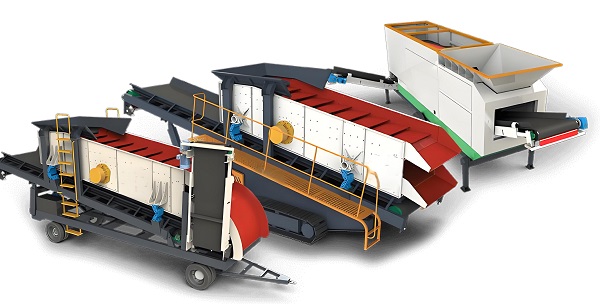
Food waste treatment equipment can be divided into many types according to its structure, function and treatment method:
1. Automatic sorting equipment: such as food waste disposer, garbage sorting machine, etc., which automatically sorts and puts food waste by mechanical or electronic means. This type of equipment is suitable for large-scale catering places, canteens and other places that need to efficiently process a large amount of food waste.
2. Microbial decomposition equipment: The food waste is decomposed by microbial flora and converted into organic fertilizer or biogas. This type of equipment is suitable for agricultural production, organic waste treatment and other fields, and helps to achieve the recycling of resources.
2. Incineration treatment equipment: The food waste is converted into ashes and gas through high-temperature incineration. However, attention should be paid to environmental protection standards and emission control to ensure that the impact of the incineration process on the environment is minimized. This type of equipment is suitable for places with sufficient technical and financial support.
3. Pretreatment equipment: Such as crushers, dehydrators, etc., are used for preliminary physical treatment of food waste, such as crushing, dehydration, etc., for subsequent treatment.
4. Biochemical treatment equipment: The food waste is biodegraded through fermentation and other technologies, and converted into resources such as organic fertilizer. This type of equipment usually integrates multiple functions such as crushing, dehydration, and fermentation to achieve comprehensive treatment of food waste.
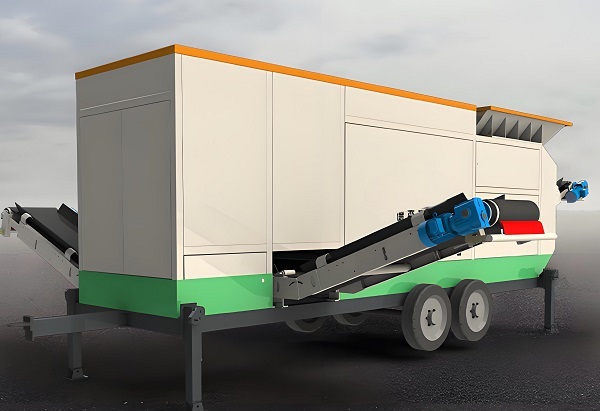
B. The role of food waste treatment equipment
1. With the improvement of environmental awareness, food waste treatment equipment came into being and has been widely used in the market. This type of equipment converts organic waste into valuable resources through physical, chemical or biological technology, which can not only reduce the volume and weight of garbage, but also recover the nutrients in it for the production of organic fertilizer or biogas, etc.
2. Garbage crusher is the most basic type of equipment, commonly used in homes and small restaurants. It can quickly crush food waste, reduce the volume of garbage, and facilitate subsequent processing.
2. Food waste dehydration equipment reduces the moisture content in garbage through mechanical pressing and dehydration, further reducing its weight and transportation costs.
3. Aerobic fermentation equipment and anaerobic fermentation equipment convert organic matter in garbage into resources such as organic fertilizer or biogas. Aerobic fermentation equipment uses the decomposition of microorganisms to quickly decompose food waste into nutrient-rich organic fertilizer in an aerobic environment. These fertilizers can be directly used in agricultural production to improve soil quality. Anaerobic fermentation equipment ferments in an oxygen-free environment, and the biogas produced is a clean energy source that can be used for power generation and heating for the community.
4. Fully automatic food waste treatment equipment integrates multiple functions and can complete the whole process from crushing, dehydration to fermentation. It is especially suitable for large restaurants, hotels, school canteens and other institutions that generate a large amount of food waste every day. Fully automatic equipment not only reduces the need for manual participation, but also greatly improves the processing efficiency, becoming an important equipment in modern urban waste management.
5.. In terms of the environment, it effectively reduces the amount of landfill and incineration, and reduces pollution emissions during waste treatment. When food waste decomposes in landfills, a large amount of methane is produced. As a potent greenhouse gas, methane emissions have a significant impact on climate change. Through reasonable equipment treatment, these wastes can be converted into valuable resources, reduce greenhouse gas emissions, and reduce the pressure of global warming.
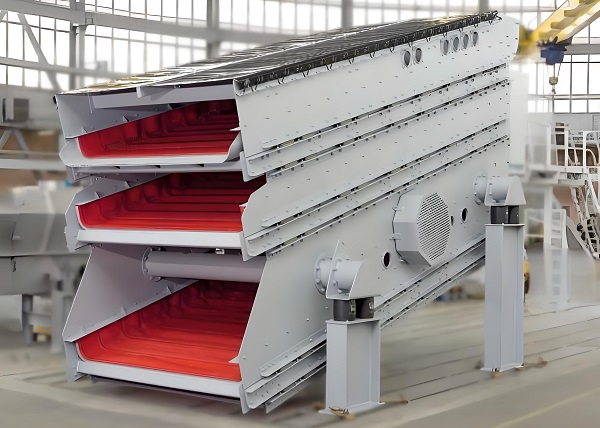
6. Treatment equipment can also prevent harmful substances in garbage (such as chemical residues and heavy metals) from infiltrating into the soil and groundwater, avoiding further damage to the ecosystem.
7. In terms of resource utilization, the kitchen waste treatment equipment converts waste into organic fertilizer or clean energy through technical means, realizing the "waste into treasure". These organic fertilizers can not only increase the yield of crops, but also improve soil structure and enhance the sustainability of agriculture. The biogas produced by anaerobic fermentation, as a clean energy, can not only be used for power generation, but also provide heat for families and communities, reducing dependence on fossil fuels.
8. Economically, the kitchen waste treatment equipment has brought significant cost savings to catering companies and cities. The cost of garbage disposal has decreased due to the reduction in the total amount of garbage. Especially for large restaurants and hotels, the long-term use of equipment can greatly reduce the cost of garbage disposal. At the same time, the organic fertilizer and biogas produced by the equipment can also become a source of economic benefits, forming a virtuous cycle of circular economy. In addition, the maintenance cost of kitchen waste treatment equipment is relatively low, the service life is long, and the investment return period is short. Therefore, in the long run, its economic benefits are very considerable.
9. From a social perspective, the popularization of kitchen waste treatment equipment can effectively improve the sanitary conditions of the city and reduce the breeding of pests and odors. At the same time, the widespread use of equipment has also enhanced the green image of the company, which is in line with the sustainable development concept advocated by the current society. In addition, the effective treatment and resource utilization of food waste has also helped to enhance the public's environmental awareness and promoted the widespread practice of garbage classification and resource recycling.
The promotion of food waste treatment equipment can not only help solve the environmental problems caused by food waste, but also produce significant economic and social benefits, providing important technical support for achieving sustainable urban development.
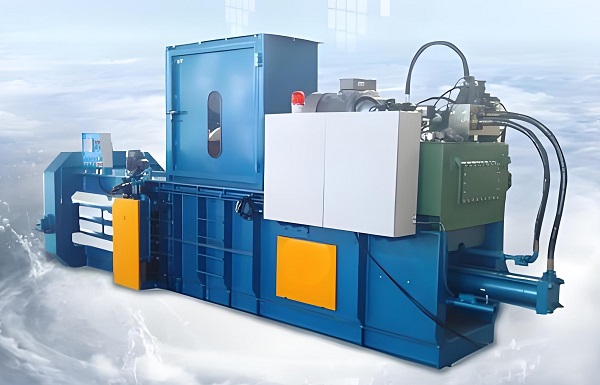
C. Working principle of food waste treatment equipment
The working principle of food waste treatment equipment mainly includes the following steps:
1. Screening and sorting: The equipment removes large hard objects such as bones and fish bones from food waste through a precise screening and sorting mechanism to ensure the smoothness and safety of the subsequent processing process.
2. Microbial treatment: For garbage adjusted to a suitable moisture content, microbial treatment technology is used for decomposition. These microorganisms gradually decompose organic matter into small molecular compounds in a corrosion-resistant fermentation site to reduce the volume and weight of garbage.
3. Drying treatment: Use hot air drying technology to further dry the fermented food waste, effectively remove residual moisture, make it more stable and easy to store.
4. Oil-water separation: Some equipment also has the function of oil-water separation, which can automatically separate the residue, oil and water in the food waste, and discharge the water directly into the urban pipe network to avoid water pollution.
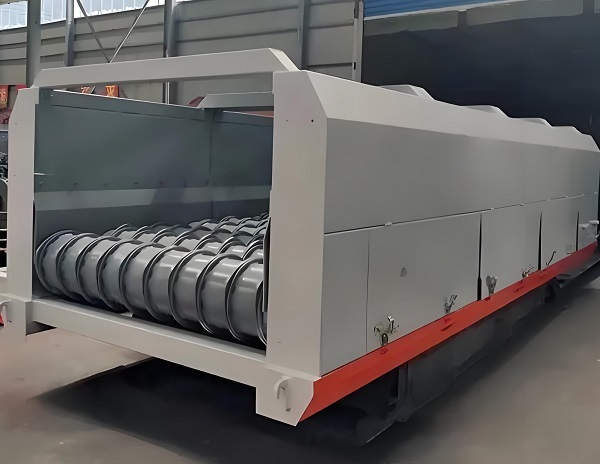
D. Application scenarios of food waste treatment equipment
Food waste treatment equipment is widely used in many fields, including but not limited to:
1. Catering industry: Restaurants, hotels, canteens and other places can efficiently handle leftover food, waste grease and other organic waste, reduce the amount of garbage at the source, and reduce environmental pollution.
2. Communities and residential areas: Setting up food waste treatment equipment in communities or residential areas can reduce transportation costs and the load on urban waste treatment systems, while improving environmental sanitation.
3. Food processing companies: A large amount of leftover ingredients, waste and wastewater will be generated during food processing. Food waste treatment equipment can help companies efficiently handle these organic wastes and achieve resource recycling and energy conservation and emission reduction.
4. Schools and educational institutions: School canteens, student dormitories and other places generate a lot of food waste. Food waste treatment equipment can help schools efficiently deal with these wastes and cultivate students' environmental awareness.
PS: Food waste treatment equipment plays an important role in environmental protection and resource recycling. Although there are still some problems and challenges, with the continuous advancement of technology and the accumulation of application experience, I believe these problems will be gradually solved.
Save Time! Get A Detailed Quotation Quickly.
